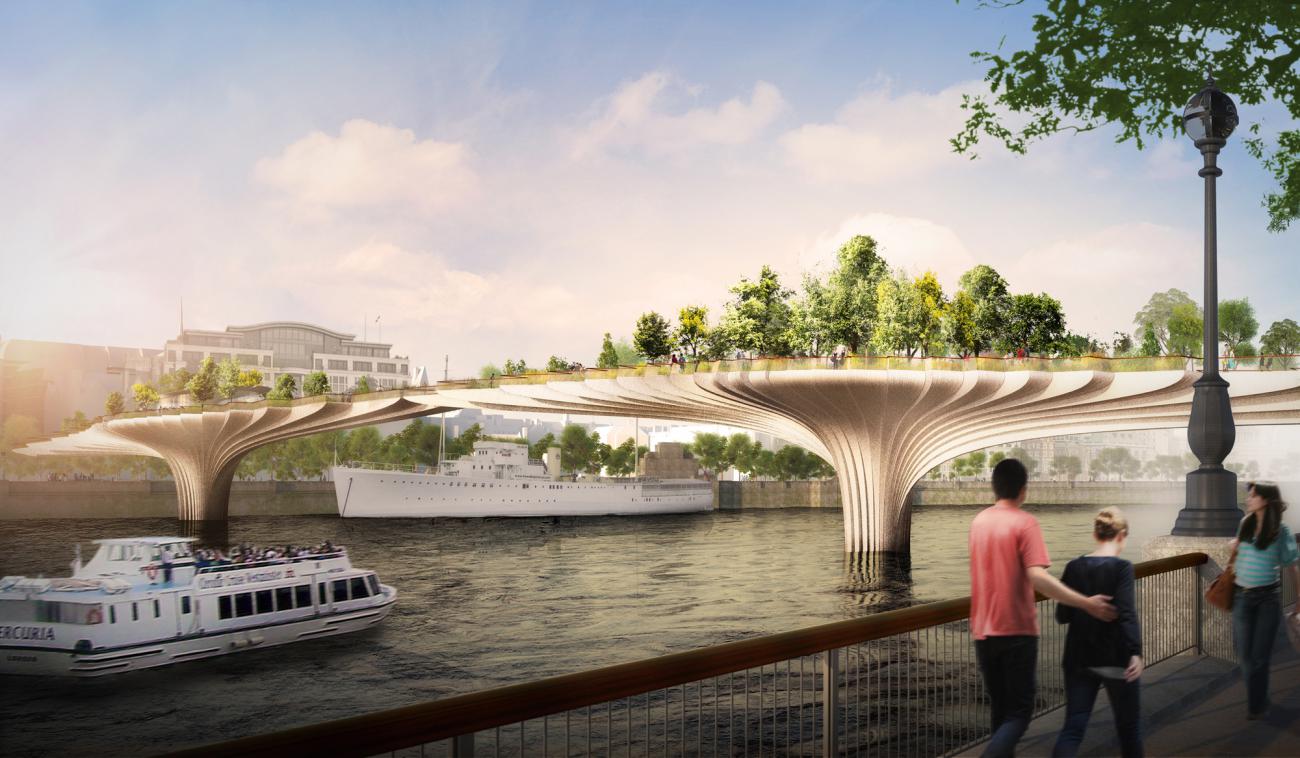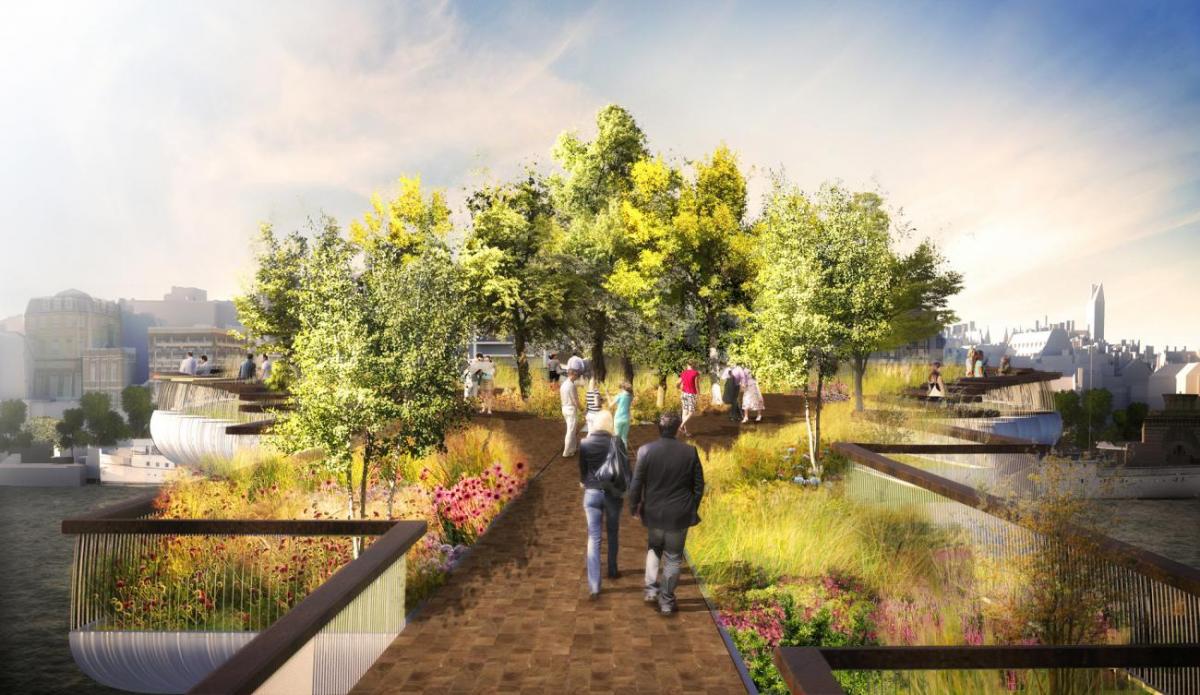
A research programme and report exploring the future of green infrastructure in the design and function of cities. Cities Alive highlights the social, economic and environmental benefits of green infrastructure, including case studies of best practice from across the globe.
Urban landscapes are increasingly being designed to support efficiency, community health, climate adaptation, space security, resource production, and economic development. Our cities are facing an uncertain future, which may include underground roads and automated transport, permeable pavements and water roofs, vertical farming and even glowing trees.
 Cities Alive – rethinking green infrastructure – shows how the creation of a linked ‘city ecosystem’ that encompasses parks and open spaces; urban trees, streets, squares; woodland and waterways can help create healthier, safer and more prosperous cities. To realise this vision, green infrastructure has to now play a more influential role in the planning and design of cities and urban environments.
Cities Alive – rethinking green infrastructure – shows how the creation of a linked ‘city ecosystem’ that encompasses parks and open spaces; urban trees, streets, squares; woodland and waterways can help create healthier, safer and more prosperous cities. To realise this vision, green infrastructure has to now play a more influential role in the planning and design of cities and urban environments.
Supported by the Landscape Institute and Royal Botanical Gardens, Kew, Cities Alive names five key requirements, which, if implemented, would have significant implications for the future design of cities.
- Recognising ‘urban green’ as more than an aesthetic consideration
- Making landscapes work harder through a multi-functional design approach
- Designing creatively to deliver a green city ecosystem
- Utilizing advances in technology to measure the value nature delivers through ecosystem services
- Maintaining an integrated approach to delivery that better links and connects policy
Cities Alive is a product of collaboration between the Landscape Architecture and Foresight + Research + Innovation teams at Arup and has involved a wide range of specialists within the firm. ![]()
This article was originally posted by Arup Foresight. To read the original article, click here.

